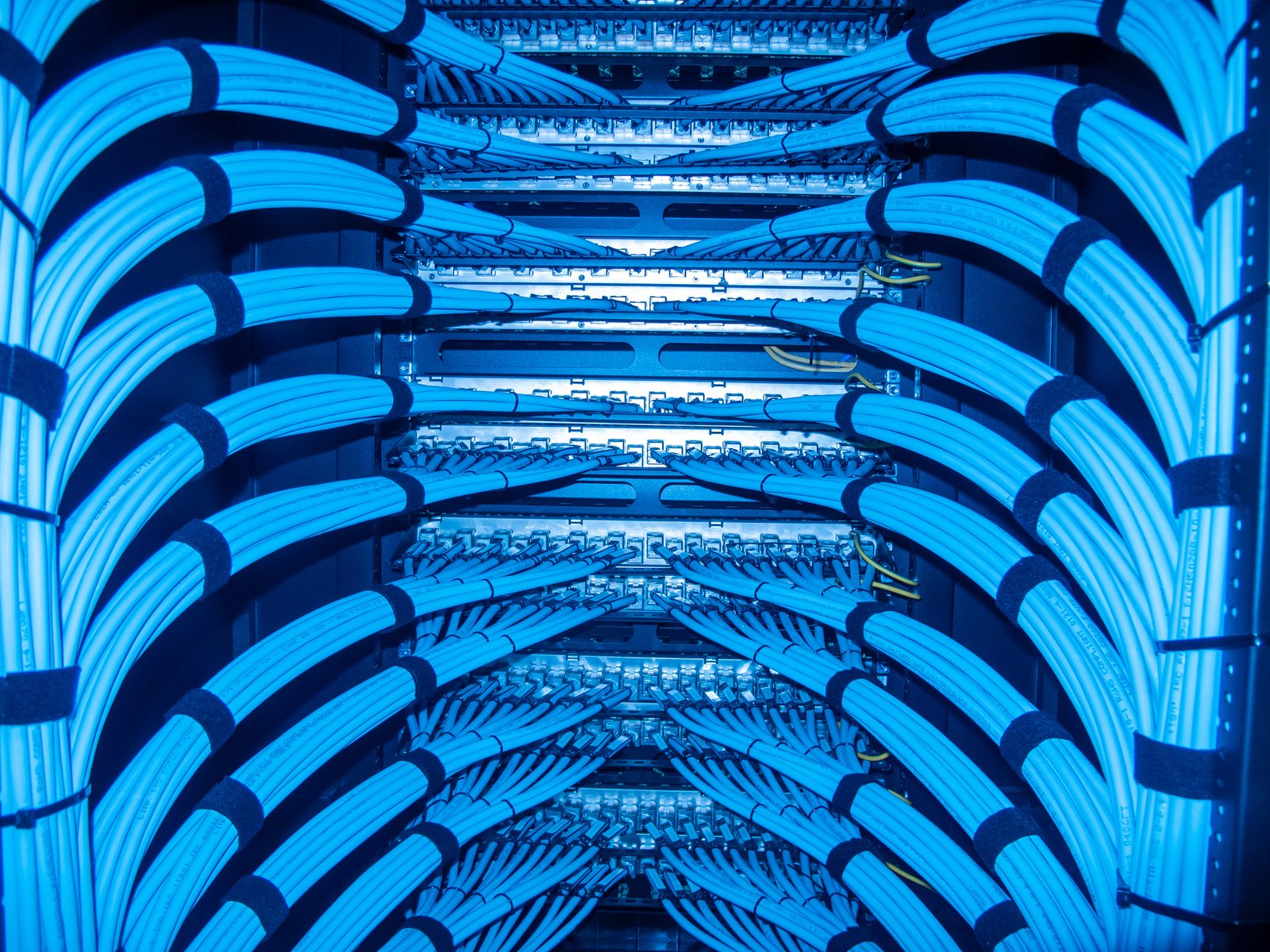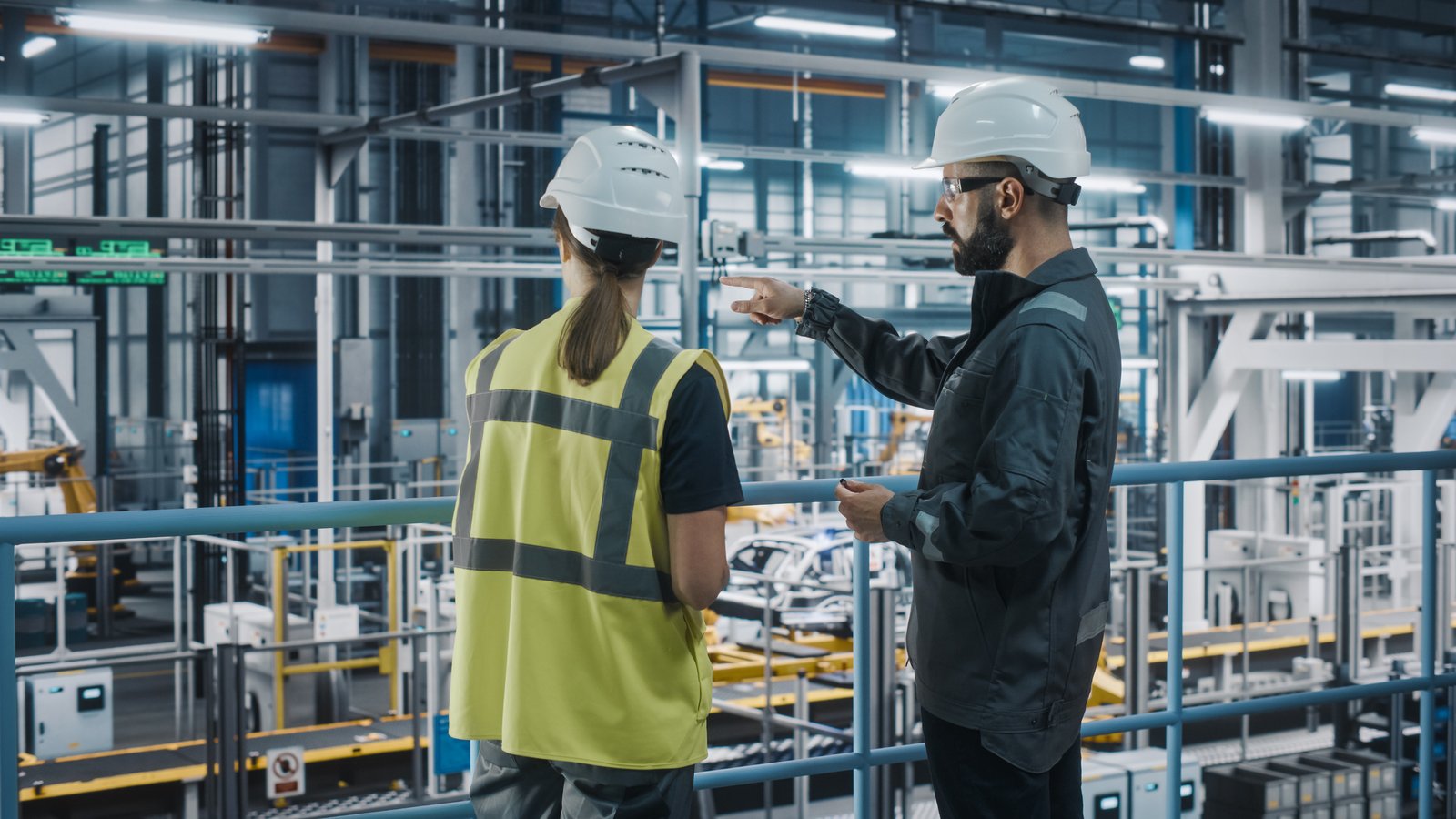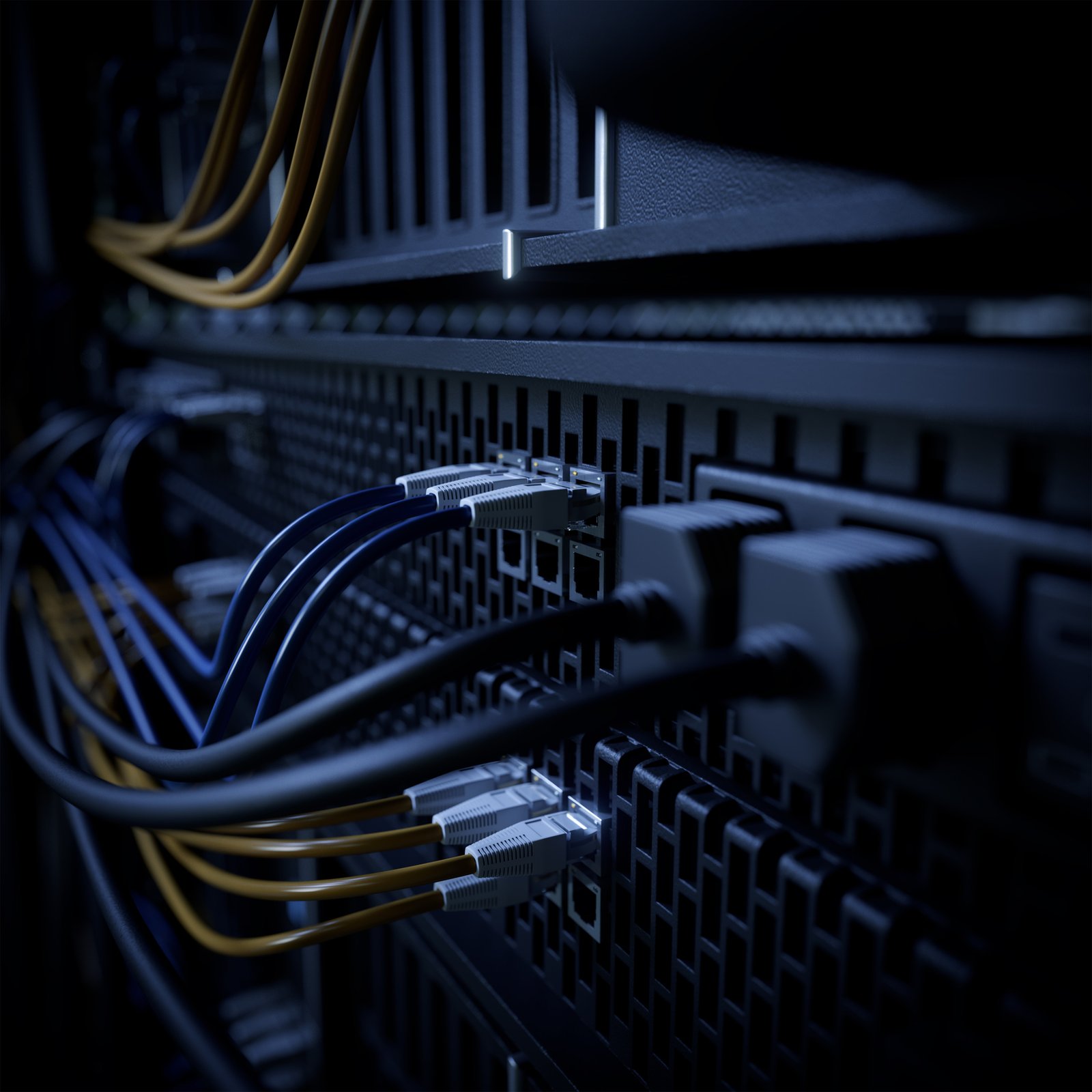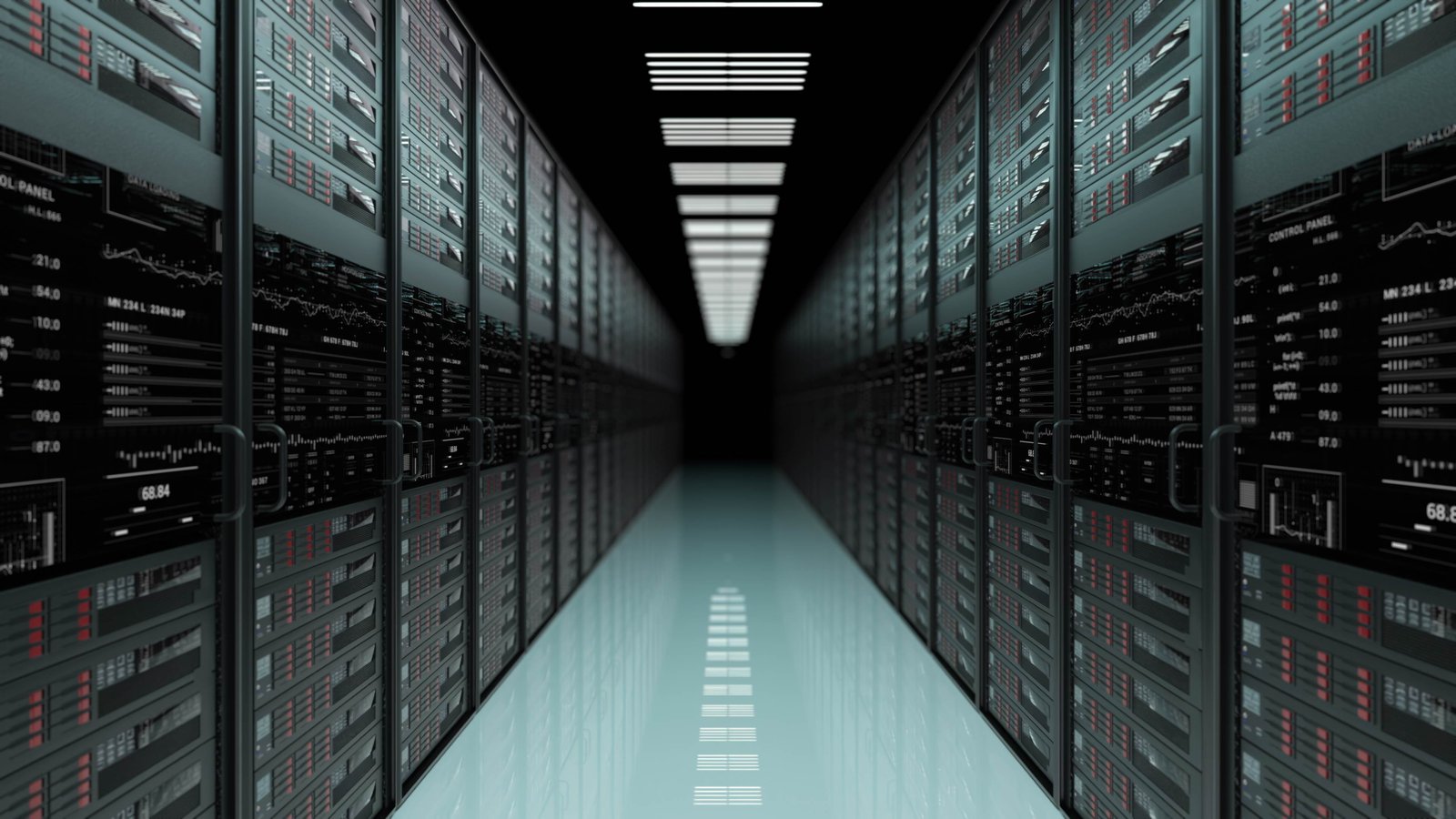When searching for a new home, your realtor will tell you that the key is “location, location, location.”
And that principle holds true for choosing the right data center location, too, as the days of building your data center on any available plot of land are over. For many businesses the decision is more important than they might think.
“Data center site selection is a full-time occupation for a small group of people at large colocation operators and hyperscale cloud providers, but a once-in-a-lifetime decision for most businesses,” writes Brien Posey in TechTarget. “Although it might seem like data centers are built just about anywhere, there is an extensive list of considerations to make before construction can begin.”
DataCenters.com says that the location of your data center can directly impact on your business performance, operational costs, and compliance with laws.
“From latency to legal compliance, every aspect of your operations is influenced by the location of your data center. By carefully evaluating factors like proximity to users, environmental risks, and legal requirements, businesses can make strategic decisions that align with their goals,” says DataCenters.com.
Let’s look at 9 of the most important considerations for choosing the right data center location.
9 Factors to Consider for Data Center Site Selection
Latency and User Experience
Proximity to end-users is one of the most critical factors for minimizing latency and ensuring optimal user experience. Data centers located closer to their target audience enable faster data transfer and response times, which are essential for applications requiring real-time communication, such as streaming services, gaming platforms, and cloud-based tools.
Key Considerations:
- Latency Reduction: Shorter physical distances between users and data centers result in lower latency.
- Edge Data Centers: To further improve user experience, many operators are deploying edge data centers closer to end-users. These smaller facilities process data locally before sending it to larger centralized centers, reducing latency and enhancing performance.
The global edge data center market has almost doubled in the last three years from $8.7 billion in 2022 to $15.3 billion in 2025 and forecasts show an explosion of infrastructure spending on edge data centers to $51 billion by 2032.
Connectivity
Data centers rely on robust connectivity infrastructure to ensure seamless operations. Proximity to major fiber optic networks and internet exchange points can significantly enhance performance.
“There are many considerations to take into account when selecting a location for a data center, especially its proximity to internet exchange points,” writes Posey.
Connectivity Features:
- Fiber Optic Networks: Locations near high-speed fiber infrastructure reduce latency and improve data transfer rates.
- Redundant Network Paths: Multiple network routes ensure resilience against outages.
- Edge Computing Integration: As edge computing grows in popularity, decentralized architectures that process data closer to users are becoming integral to site selection.
Power Availability and Cost
Energy availability and affordability are foundational to data center operations. Power costs often account for a significant portion of operational expenses, so selecting a location with reliable access to electricity is essential.
CBE argues that “the cost, source and available supply of electricity have become data center developer’s prime considerations for site selection.”
Key Factors:
- Cost of Electricity: The price per kilowatt-hour varies by region and can significantly impact operating expenses.
- Renewable Energy Options: Locations with abundant renewable energy resources—such as solar or hydroelectric power—are increasingly attractive as businesses prioritize sustainability.
- Infrastructure Scalability: Ensure the local power grid can support future growth in energy demands.
Climate and Cooling Requirements
Anyone that has paid a massive power bill in the sweltering summertime understands that cooling systems are one of the largest contributors to energy consumption in a data center. The local climate plays a significant role in determining cooling needs.
Climate Considerations:
- Cooler Climates: Regions with temperate climates reduce reliance on energy-intensive cooling systems.
- Water Availability: For facilities using water-based cooling methods, sustainable water sources are crucial.
- Advanced Cooling Technologies: In warmer climates, liquid cooling or hybrid systems can offset higher cooling demands.
Chistopher Tozzi in Data Center Knowledge says that the ideal data center location in regard to climate is one that enables sourcing of clean energy under any climate conditions, is not prone to flooding, and is not in a region where insurers are likely to charge higher rates or refuse coverage altogether.
Cost and Infrastructure
The cost of land, electricity, cooling systems, and construction materials directly affect the overall expense of building and operating a data center.
Key Points:
- Affordable Land: Locations with lower land costs reduce initial capital expenditure.
- Infrastructure Availability: Regions with existing infrastructures such as transportation networks and utilities—simplify setup processes.
- Resource Abundance: Sites with access to affordable resources like renewable energy are particularly attractive for long-term cost savings.
“Data center projects have the potential for high construction costs. Understanding those costs in different geographic areas is an important consideration during the site selection process,” says Area Development magazine.
Risk of Natural Disasters
Natural disasters pose significant risks to data centers by potentially causing downtime or damage to infrastructure. Conduct thorough risk assessments before selecting a site.
Risk Mitigation Strategies:
- Geographic Stability: Avoid areas prone to earthquakes, floods, hurricanes, or tornadoes.
- Disaster Recovery Plans: Ensure the site has robust backup systems and recovery protocols in place.
“Natural disaster risk should be considered throughout the site selection process, but it is especially important in the initial planning stages as the company identifies the key factors important to the project’s success,” says Business Facilities magazine.
Regulatory Environment
Compliance with local regulations is essential for smooth operations and avoiding legal complications.
Regulatory Factors:
- Zoning Laws: Confirm that the site complies with zoning requirements for industrial use.
- Tax Incentives: Some regions offer tax breaks or subsidies for data center developments.
- Sustainability Standards: Increasingly strict environmental regulations make it important to choose locations aligned with green initiatives.
“Geopolitical stability, regulatory environments, and taxation policies influence site selection decisions,” says Data Center Dynamics. “Local incentives, such as tax exemptions and regulatory support, may sway decisions.”
Scalability and Future Growth
As businesses expand their operations, their data needs grow accordingly. Choose a site that supports scalability without requiring costly relocations or extensive upgrades.
Scalability Features:
- Available Land for Expansion: Ensure sufficient space exists for future growth.
- Power Grid Capacity: Verify that local power infrastructure can handle increased energy demands over time.
- Modular Design Options: Facilities designed for modular expansion allow seamless scaling without disrupting current operations.
“There should be plenty of land – possibly hundreds of acres – available to accommodate the data center and any future expansion,” writes Posey.
Security
Physical security is just as important as digital security when protecting sensitive data stored within your facility.
Security Measures:
- Access Control Systems: Implement robust measures like biometric scanners or surveillance cameras to prevent unauthorized access.
- Low Crime Rates: Evaluate the safety of the surrounding area.
- Geopolitical Stability: Avoid regions with political unrest or high risks of civil disturbances.
“Consider how easy or difficult it would be to physically secure the site,” advises Posey.
Hexatronic Data Center Can Guide You
Choosing the right location for your data center involves balancing a host of factors with each playing an integral role in ensuring operational success while optimizing user experience and minimizing costs.
Hexatronic Data Center specializes in guiding businesses through this complex decision-making process by offering tailored data center solutions. Contact us today to learn how we can help you build a reliable, scalable, and sustainable data center that meets your unique needs.










